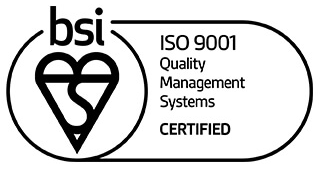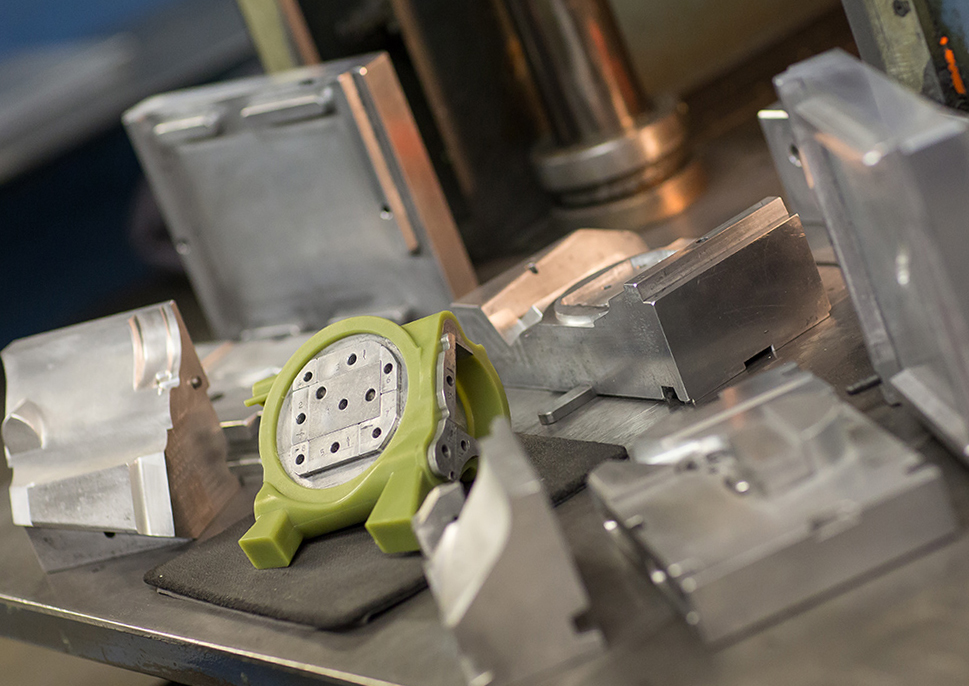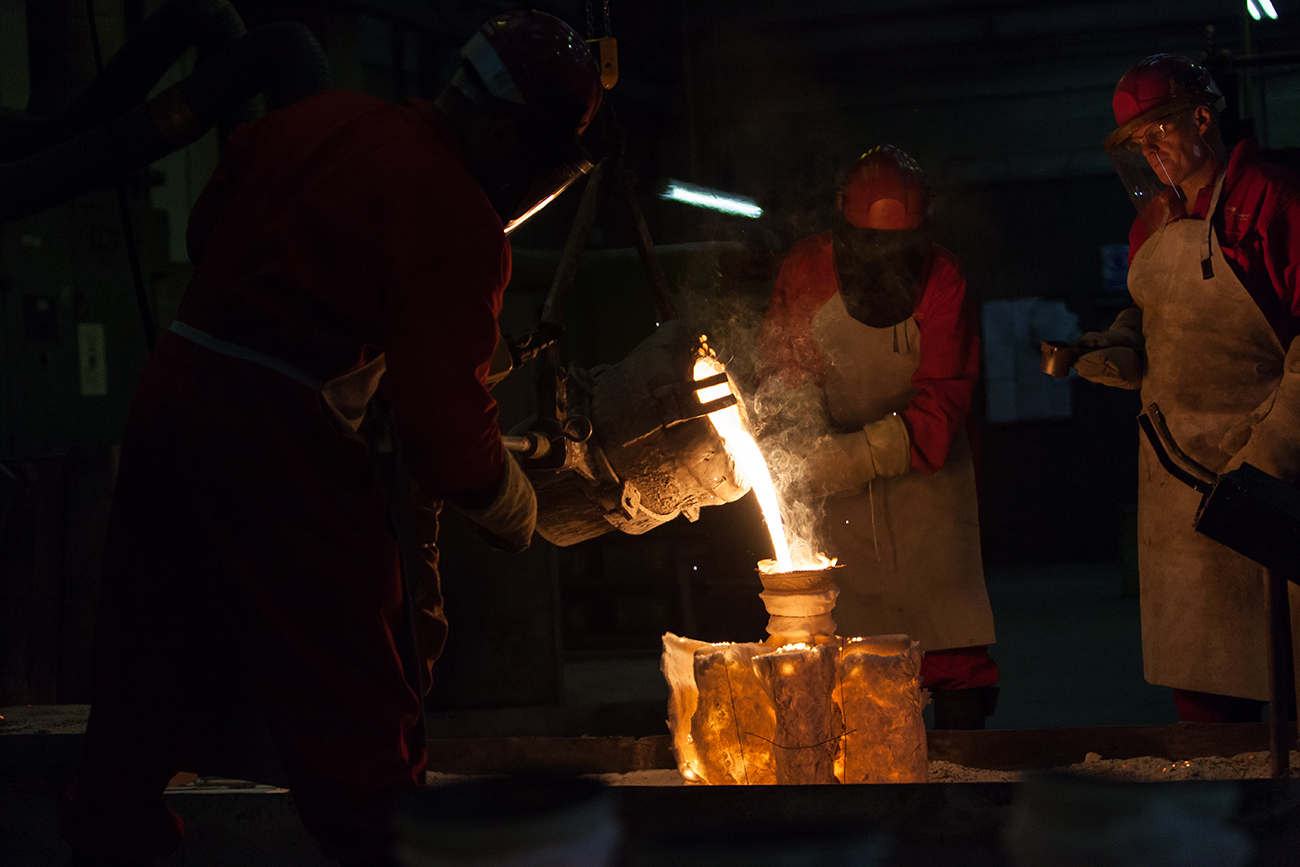Common Defects in Investment Casting (Why Quality Matters)
Quality is one of the most important factors when creating castings. Without a focus on quality, the parts and components manufactured may end up with defects and, therefore, unable to perform optimally, which can have serious safety concerns.
And it isn’t just the integrity of the casting that’s at stake; it can also be money- and time-consuming to having to redo an order if the defects are severe.
Due to how complex the investment casting process is, there are several opportunities for things to go wrong and, while some defects can be tolerated or repaired, some have to be removed.
Defects in Investment Castings (and Their Causes)
Defects fall into certain categories, depending on their nature. They can be gas porosity, shrinkage defects, mould material defects, irregularities occurring during the metal pouring stage, and metallurgical defects.
As a company specialising in investment castings , we work relentlessly to ensure that all of our parts meet the rigorous requirements of our customers, as well as the strict demands of their industry, be it aerospace, oil and gas, military and defence, automotive, rail, medical or any other sector where quality is a concern.
Gas Porosity
This defect refers to the formation of bubbles within the casting once it has cooled. Gas porosity happens because, while many liquid materials can hold a considerable amount of dissolved gas, their solid forms may not be able to, so the gas is expelled, and gas bubbles appear as the metal cools.
This defect may present itself on the surface of the casting or trapped inside the metal. The result is that the casting has reduced strength, especially in the area of the defect. Usually, the most common gases in these types of defects are nitrogen, oxygen and hydrogen.
Small bubbles are usually called porosities, but larger ones are blisters or blowholes. In order to reduce the chances of this defect occurring, it’s crucial that manufacturers ensure the right foundry practices as well as quality of processes and techniques.
Shrinkage
Shrinkage defects tend to have a jagged or linear appearance and occur when casting sections change or the feed metal doesn’t compensate for shrinkage as the metal solidifies. Large shrinkage cavities can impact the quality of the part and cause it to break.
Shrinkage can be considered open shrinkage, which is open to the atmosphere, or closed shrinkage, which forms inside the casting. When defects can be seen by the naked eye, they are considered to be macroporous and, when they can’t, they are deemed microporous.
There are several ways to prevent this type of defect, including improving mould temperature, adjusting the thickness of the coating layer during the casting process and ensuring the right pouring temperature.
Mould Material Defects
These defects are related to the material of the mould, which should always be of the highest quality. There are a number of defects that fit this category, such as:
- Cuts and washes – areas of excess metal in the part, which can be caused by metal flowing too fast, leading to too much metal flowing through the gate.
- Fusion – happens when sand grains fuse with molten metal.
- Run out – when liquid metal leaks out of the mould, meaning the part isn’t complete.
Metal Pouring Defects
If issues arise during the metal pouring stage, it can lead to several defects which include cold shuts, misruns and inclusions.
Cold shuts refer to surface defects in which a line or crack shows up on the casting. It’s visible with the naked eye and tends to be impossible to repair. A misrun is when the liquid metal is too cold to fill the entirety of the mould before solidifying, so it refers to the unfilled space in the mould.
Inclusions are metal impurities of dross or slag that form when pouring metal. This contamination will impact the final product, as the metal will contain substances that shouldn’t be there.
Metallurgical Defects
This category includes hot tears and hot spots.
Hot tears are irregular cracks in a branched pattern, with some more visible than others. This defect occurs due to poor mould design or when the solidifying metal is not strong enough to resist tensile forces. Hot spots happen when small areas of the casting cool down faster than the rest, creating hard spots that can interfere with machining.
Dean Group and the Assurance of Quality
At Dean Group, we offer all of our clients a quality assurance that will guarantee your peace of mind when it comes to our castings. Not only are our processes of the highest possible quality, including our aluminium investment casting (ELITE) process, but we also use strict inspection methods and maintain the highest standard of quality throughout the lifetime of the part.
Both Dean Group and our supply partners have the ISO9001-2015 certification, which showcases our commitment to deliver quality from design to end product.
We believe in a ‘right first time’ approach and understand the importance of regular reviews of operational performance, resulting in corrective actions linked to continuous improvement programs and ongoing verification.
Dean Group always ensure that our castings meet your specific needs and requirements. In order to achieve this, we have the appropriate inspection and testing methods in place, such as visual inspections, chemical analysis, mechanical testing, microstructure analysis and die penetrant inspection. you wish to learn more about our quality control or how our castings can help your project, get in touch with us and we’ll be happy to assist in anything you require, including answering any queries you may have.
Registered in England VAT No: 146307478 Company Registration No: 1062820







